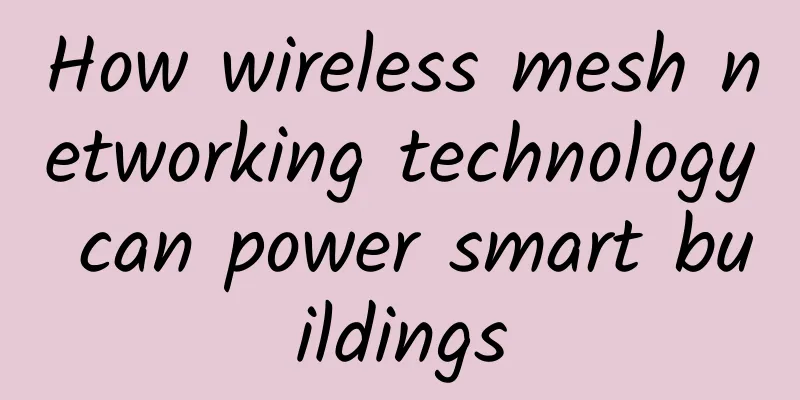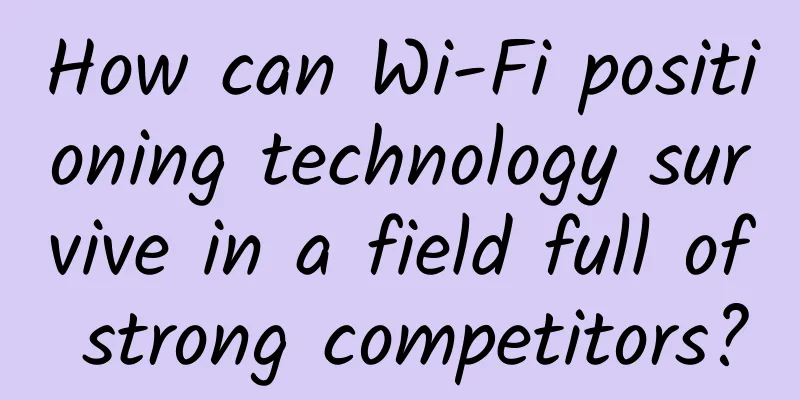How wireless mesh networking technology can power smart buildings

|
Smart buildings are becoming increasingly important in the commercial real estate industry, with the smart building market expected to grow from $80.62 billion in 2022 to $328.62 billion in 2029. The forecast suggests that making buildings "smart" is more than just a fad. Instead, smart buildings can provide commercial property owners with operational and financial benefits, as well as data that can reduce heating costs, optimize building ventilation and HVAC, manage lighting, and improve the overall energy efficiency of buildings. Building smart buildings doesn’t have to be expensiveCost is one of the biggest concerns for commercial property owners when deploying new systems in their buildings. The cost of wiring to connect sensors and subsystems is a key financial consideration when installing smart systems, but it is not as expensive as owners think. That’s because wireless Internet of Things (IoT) and cloud technology have advanced to the point where owners can manage their buildings without cables. Data can be sent wirelessly to the cloud or building management system without having to rewire the building. Advantages of Wireless Mesh TechnologyUsing wireless mesh technology to create smart buildings is cost-effective, especially for existing buildings. This is because in older buildings, it is difficult to run current wiring behind the walls to connect smart systems in the rooms and connect them to new smart sensors and devices. For buildings without wires, it is difficult to power devices and get data from them. However, wireless mesh network technology solutions can bypass obstacles. The flexibility of this solution also allows builders to only need one central gateway to collect all sensor data and send it to the cloud. Repeaters and additional gateways to connect various network parts are not required. In addition, unlike predecessors such as Wi-Fi and Bluetooth, wireless mesh network technology can solve problems such as power consumption, network scale and management, and data transmission reliability. The technology is designed to adapt to the new wireless world, low-power sensor networks for smart buildings, and other IoT applications. Individual nodes in the network remain inactive until needed. This ensures that all nodes are energy-efficient and the entire network can run on low power and batteries. |
<<: Learn the difference between load balancer, reverse proxy and API gateway in one article
>>: Don't let hackers sneak into your network: In-depth analysis of DHCP Snooping
Recommend
Cancel data "roaming" fees: speed, accuracy, and transformation, none of them can be lost!
In this year's government work report, the &q...
Humans will have a "third brain" in the future, and 5G will speed up everything
"5G brings a lot of data, but the question i...
What role does Wi-Fi-6 play in the field of industrial IoT?
5G technology has enough advantages to support so...
A brief talk about link aggregation, have you learned it?
Speaking of airport expressways, people often use...
Huawei and Sinopec Yingke jointly promote intelligent manufacturing platform to reduce burden and increase efficiency in the petrochemical industry
[51CTO.com original article] Not long ago, Huawei...
From "Chuan" to "Wang": With the change of one word, how does H3C reconstruct the smart system of urban governance?
In the past, one had to run back and forth betwee...
Two ways to decrypt HTTPS traffic with Wireshark
principle Let's review the entire handshake p...
Virtualization Journey
So, how can enterprises fully realize the benefit...
5G toB: The next battle between operators and OTT?
In the 5G era, will the battle between operators ...
Krypt: ION Cloud Platform 2nd Anniversary San Jose CN2 GIA/Singapore CN2 GIA 20% off
Time flies. It has been two years since Krypt lau...
Intent-based networking: Closing the network complexity gap
In the past decade, networks have undergone a var...
Interesting, 5G base station and fire hydrant logo combined
Following the integration of 5G base stations wit...
Learn more about load balancers
Every load balancer is a reverse proxy, but not e...
Wang Wei of SINO-Info: Five years of CDM efforts have made “using and managing data well” a reality
The famous writer Spencer Johnson once said, &quo...
Simplify Smart Buildings with PoE Connected Lighting
Designers of smart homes, offices and factories a...









